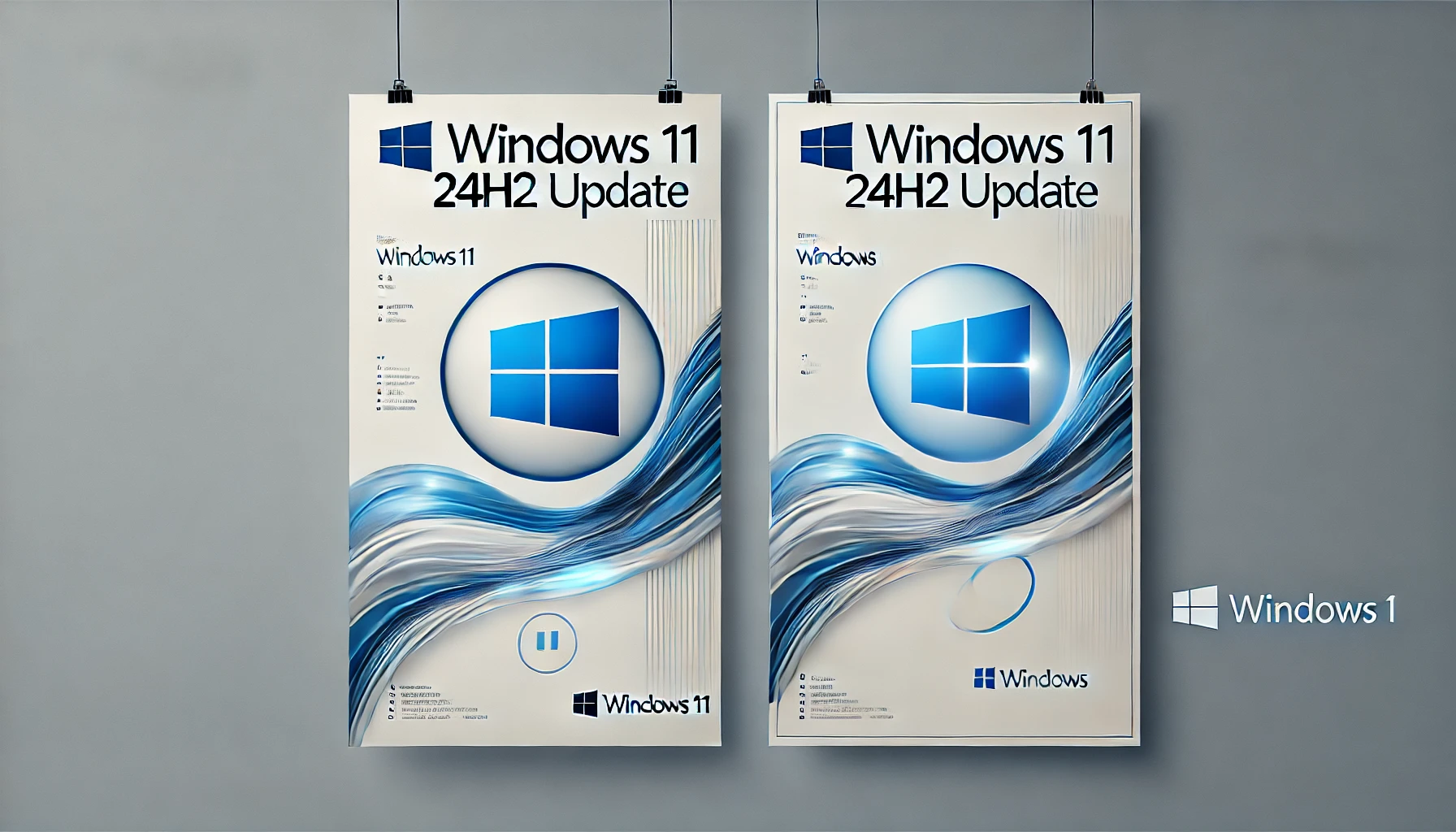
Canada’s Student Direct Stream (SDS) has closed and it’s a big change for international students wanting to study in Canada. Until November 8, 2024, SDS allowed students from select countries to fast track their study permit applications and get decisions in 20 days. But recent changes by Immigration, Refugees and Citizenship Canada (IRCC) indicate a new direction for Canada’s international student processing.
What was the Student Direct Stream (SDS)?
SDS was a simplified, faster way for students from certain countries (India, China, Pakistan, Philippines and others) to get study permits in Canada. To qualify, applicants had to meet several requirements including proof of acceptance to a designated learning institution (DLI), language proficiency tests, a guaranteed investment certificate (GIC) of $20,635 CAD and proof of tuition payment for the first academic year. These streamlined requirements helped IRCC manage and process a large volume of applications.
Why did Canada close SDS?
The sudden closure of SDS fits with Canada’s broader review of its international student program. Over the past few years, Canada has seen record numbers of international students and some regions are experiencing capacity issues. Closing SDS allows the provinces to manage their educational resources and infrastructure more sustainably as issues like housing shortages and overextended institutional resources continue to impact popular student destinations.
Another factor in this decision is Canada’s introduction of “Provincial Attestation Letters” (PALs) in early 2024. PALs are meant to ensure that DLI’s don’t over-enroll beyond their capacity and avoid resource strain. Under these new guidelines, each province is now responsible for managing the enrollment of international students in line with available resources. PALs were introduced in early 2024 and have become a key part of Canada’s international education capacity management.
Future International Students
Closing SDS doesn’t mean students can’t apply to study in Canada, it just changes how they apply. Without SDS, students from the previously eligible countries will now apply through the regular study permit process which takes around 10 weeks for applications outside Canada. They will have to get used to these longer processing times and navigate a more complex application system that may require additional documentation or requirements.
This will affect students from countries like India the most as they make up a large chunk of Canada’s international student population. Many prospective students will have to plan earlier and adjust their expectations around the timeline and steps involved in getting a study permit.
Tips for International Students
- Bring Financial Proofs: While a GIC was a requirement under SDS, students applying through the normal process should still bring financial stability, like proof of tuition and living expenses for their studies.
- Plan for Longer Processing Times: Without SDS’s speed, students should plan for delays and submit their applications well in advance of their start date.
- Keep Up-to-Date with Provincial Requirements: Each province’s implementation of PALs and other regulations will be different, so keep up-to-date with provincial requirements for students applying to DLIs in different regions of Canada.
- Language Test Requirements: Make sure your language test scores meet the Canadian study permit requirements, as English or French language skills will still be part of the study permit approval process.
- Look into Pathways to PR: While studying in Canada, many students use their time to gain work experience and boost their PR eligibility. Canada’s Express Entry and Provincial Nominee Programs (PNPs) are options for international students who graduate and want to stay in Canada permanently.
Next Steps
The closure of the SDS program is likely due to Canada’s ongoing student housing, institutional capacity and sustainable growth in the education sector issues. This change shows the IRCC’s focus on balancing Canada’s educational resources and infrastructure with the large number of international students.
For students, this means early planning and preparation is key. Canada is still a popular destination, with pathways to post-graduation work permits and permanent residency for many international graduates. The SDS may be closed but the dream of studying and living in Canada is still possible with planning and flexibility in the new immigration and study permit processes.
For more details, visit the official IRCC website or resources like CIC News, CAN Pathways, and Moving2Canada.






